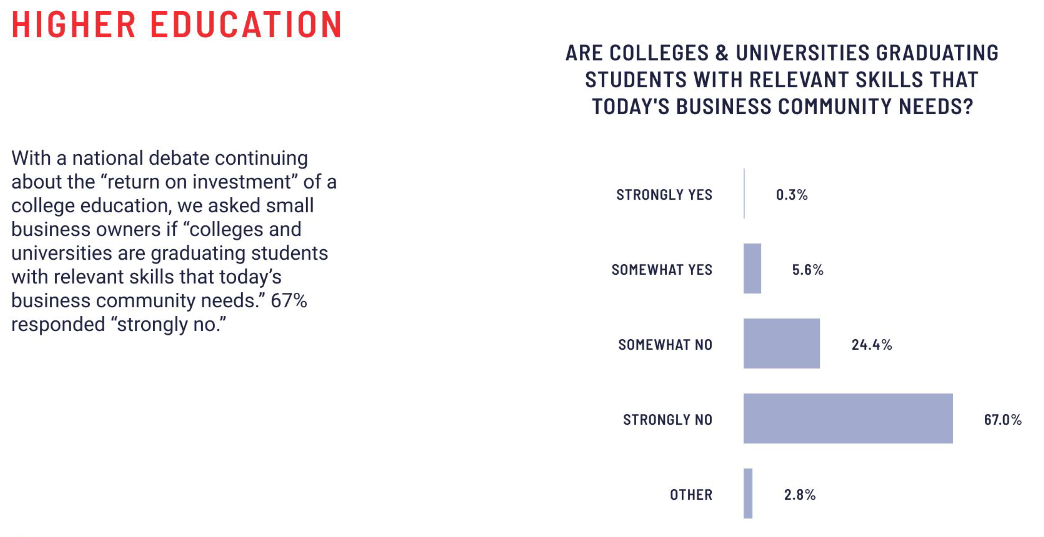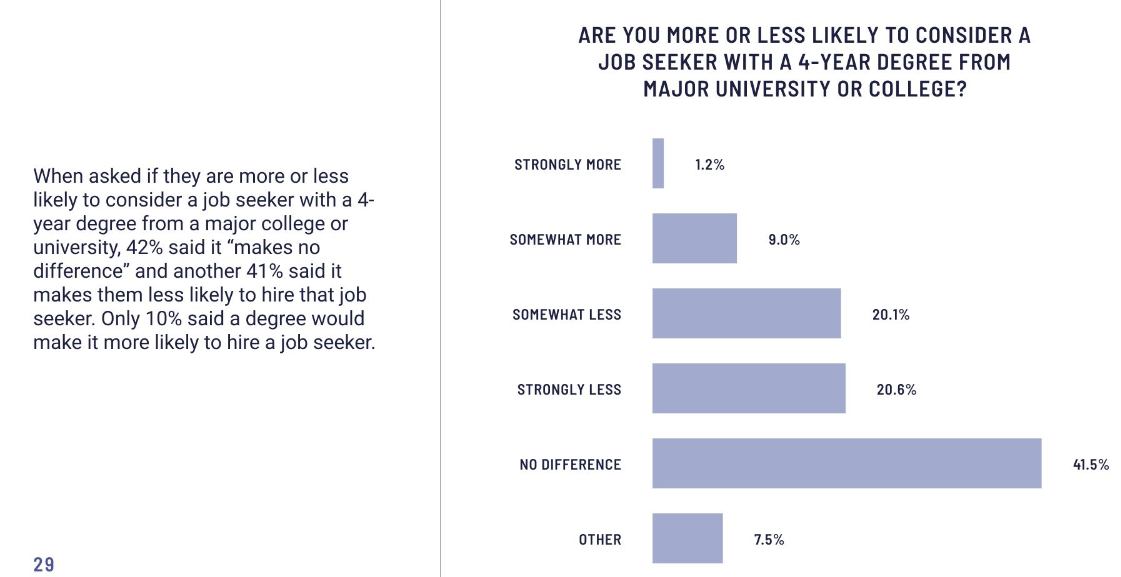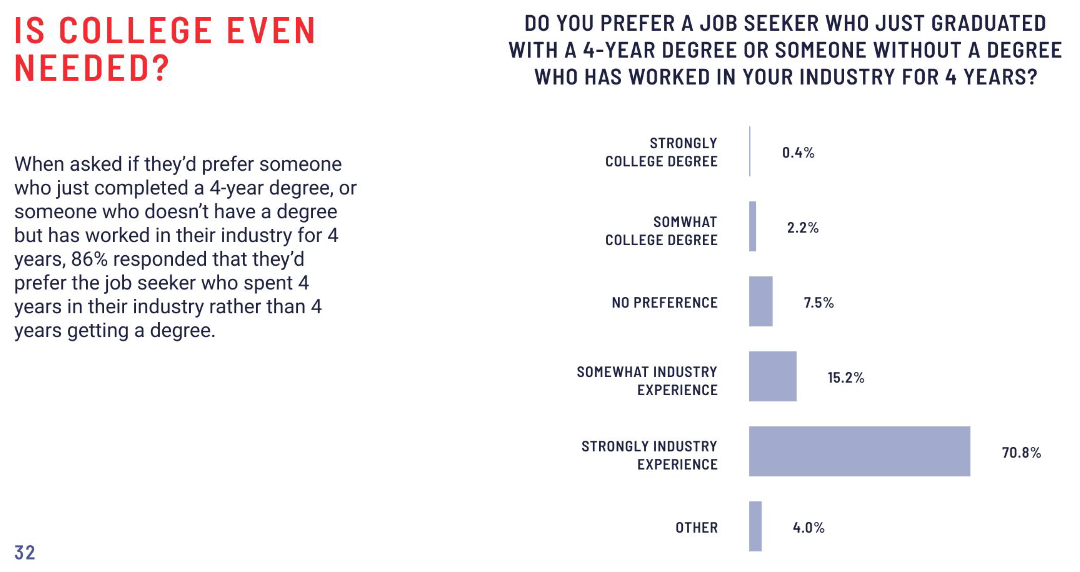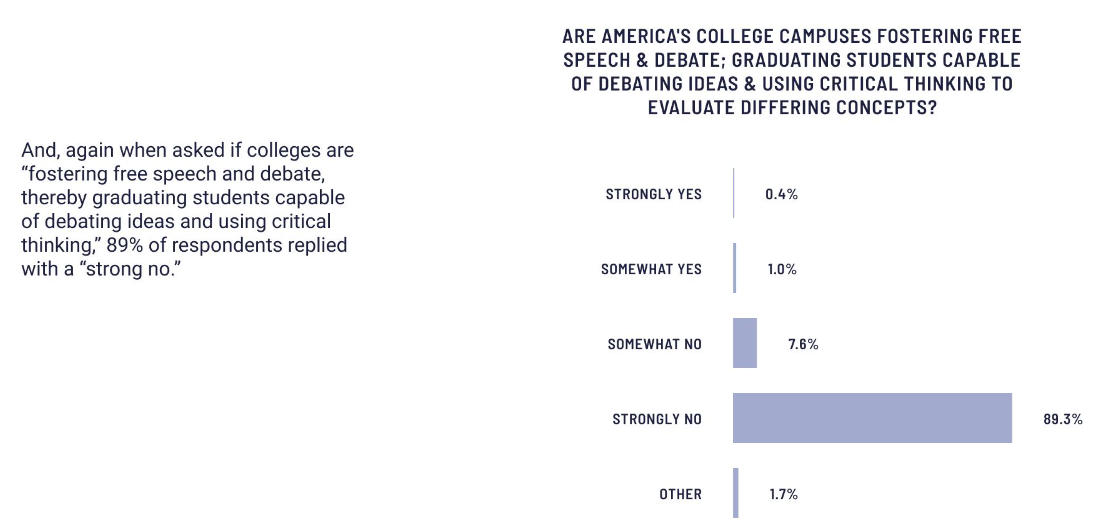New Mexico’s Progressive-Democrat Governor Michelle Lujan Grisham has gotten to be enacted rules mandating battery cars and trucks in New Mexico.
Starting in calendar year 2026, 43% of all new passenger cars and light-duty trucks shipped to New Mexico auto dealerships by national auto manufacturers must be zero emission vehicles. Similarly, beginning in calendar year 2026, 15% of all new commercial heavy-duty trucks shipped to New Mexico auto dealerships by national auto manufacturers must be zero emission vehicles. These percentages gradually increase over time.
“Increase over time:” by 2031, those 43% rise to 82%. By 2034, the minima for Ford F-250, Ford F-450, and tractor-trailer type trucks rise to 55%, 75%, and 40%, respectively.
Disingenuously, Lujan Grisham says regarding those limits on choice,
The adoption of these rules is a victory for customer choice….
That’s the Progressive-Democrat’s definition of customer choice: the State taking on the burden of choosing, thereby relieving its subjects citizens of that burden.
No. I decline to use Lujan Grisham’s Newspeak Dictionary. I’ll stay with American English dictionaries and their definitions of “customer choice:” us ordinary Americans acting on our own selections.
That choice is clear, too, for the good citizens of New Mexico, who’ve already made theirs: less than 1% of the 650,000 vehicles registered in New Mexico, despite tax credits, are EVs. Those good citizens do, however, need to select better at the next ballot box.




